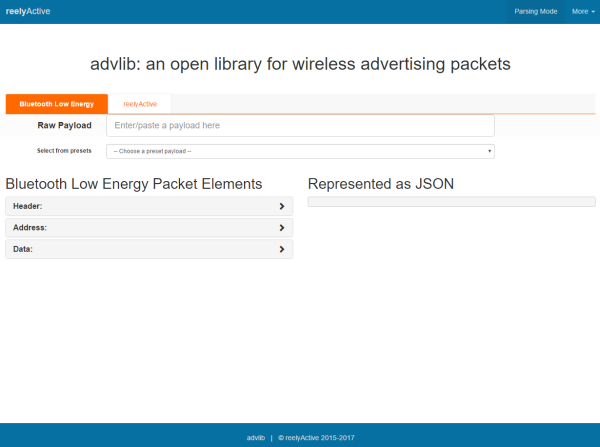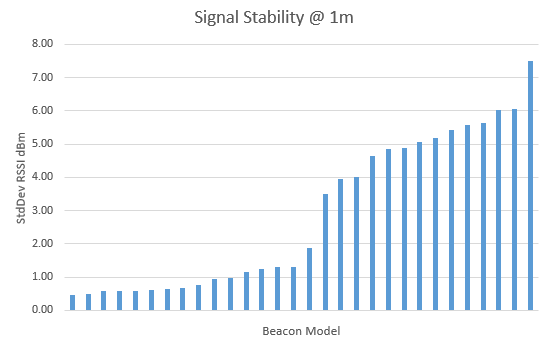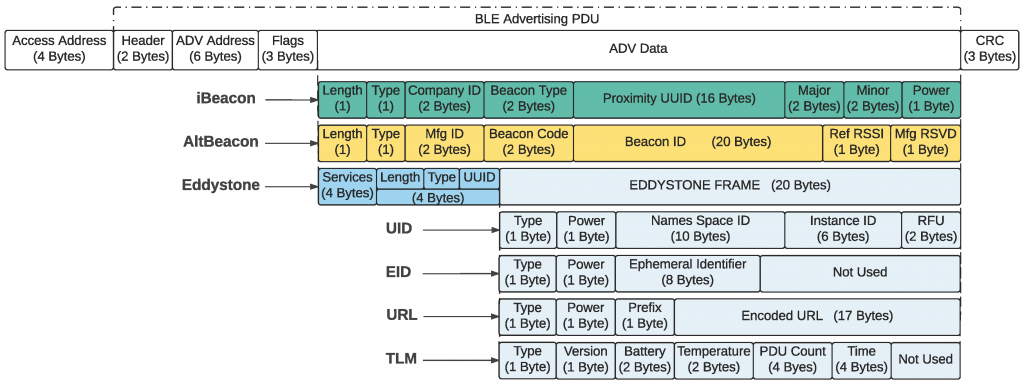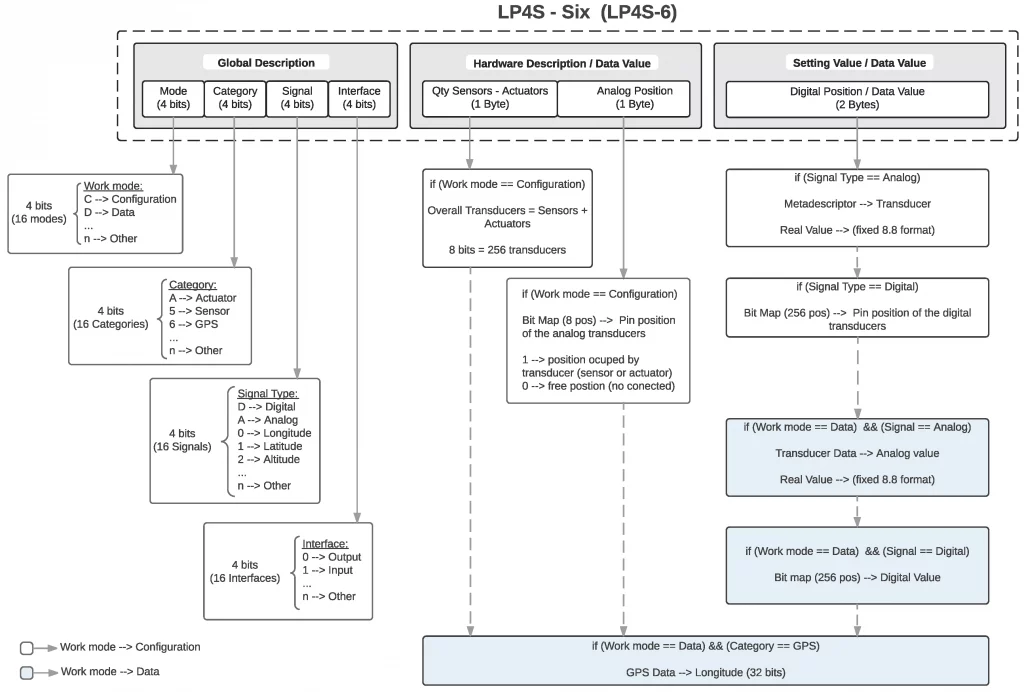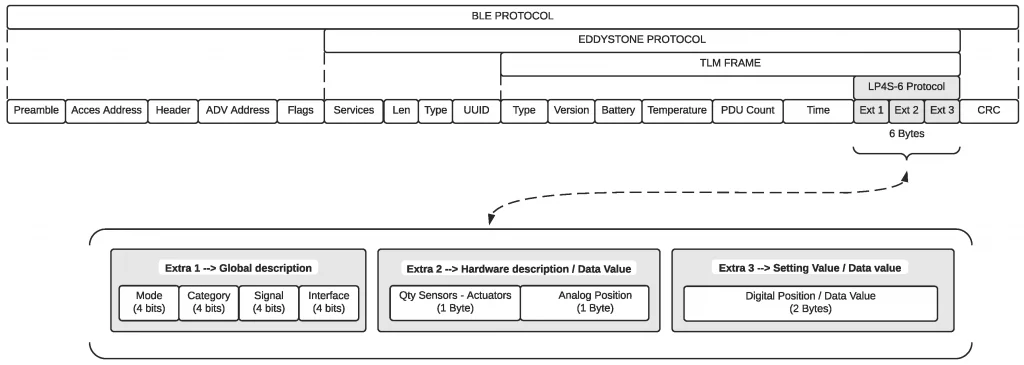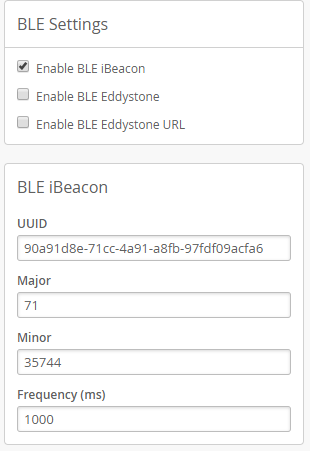iBeacon, a standard developed by Apple, was introduced in 2013 as part of the iOS 7. It’s based on Bluetooth Low Energy (BLE), a power-efficient variant of Bluetooth technology. The strength of iBeacon lies in its background support on iOS devices, which allows for easier detection of beacons.
Google introduced Eddystone in 2015. This protocol for beacons was developed to embrace a broader range of uses. Eddystone offers multiple frame types to cater to various data needs like URLs, unique identifiers and sensor data. One most distinctive feature of Eddystone was the Eddystone-URL, where the beacons could send out a web address. However, this has been limited by the discontinuation of Google Nearby in Android.
Despite the differences in their design and features, both iBeacon and Eddystone share common ground in their use of standard Bluetooth advertising. They send different data in the same standard Bluetooth advertising packets. This shared aspect of technology ensures that they can both communicate effectively to both iOS and Android.
While Eddystone’s versatile frame types and open protocol initially made it appealing, it has seen a decline since the discontinuation of Nearby in Android. Currently, most new systems requiring smartphone applications to detect a beacon opt for iBeacon.
However, when it comes to locating and detection using gateways rather than smartphones, iBeacon vs Eddystone becomes less relevant and the beacons’ Bluetooth MAC addresses are usually used. The advertising packets can instead be used for sensor data, for example, temperature and humidity.
View iBeacon Beacons
View Eddystone Beacons
View Sensor Beacons
